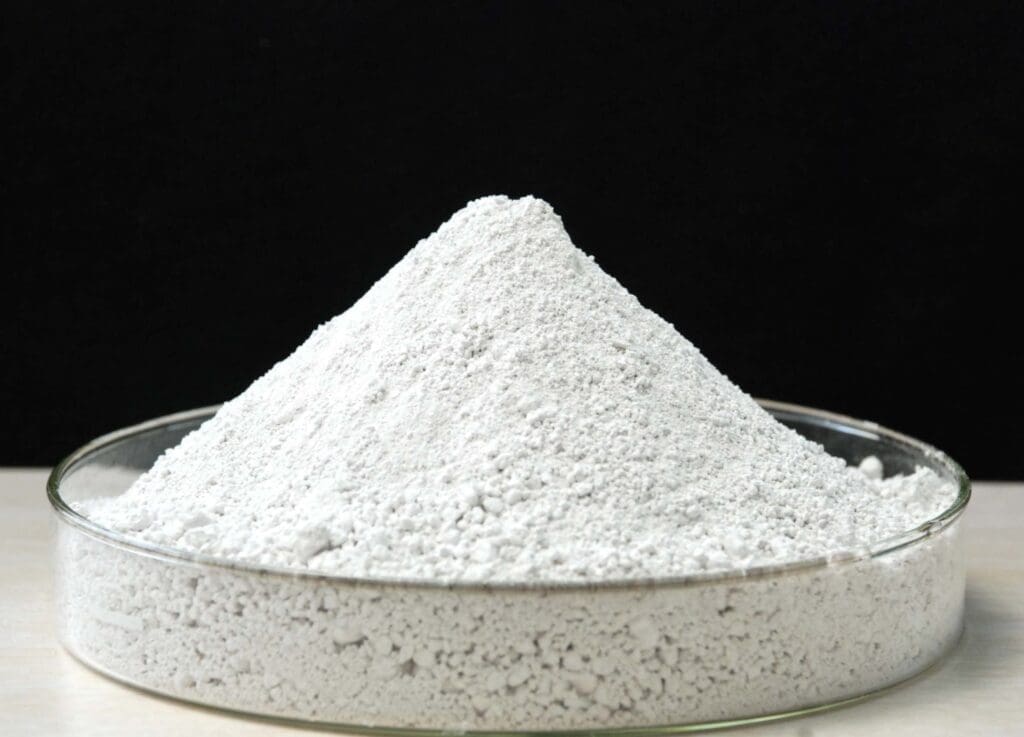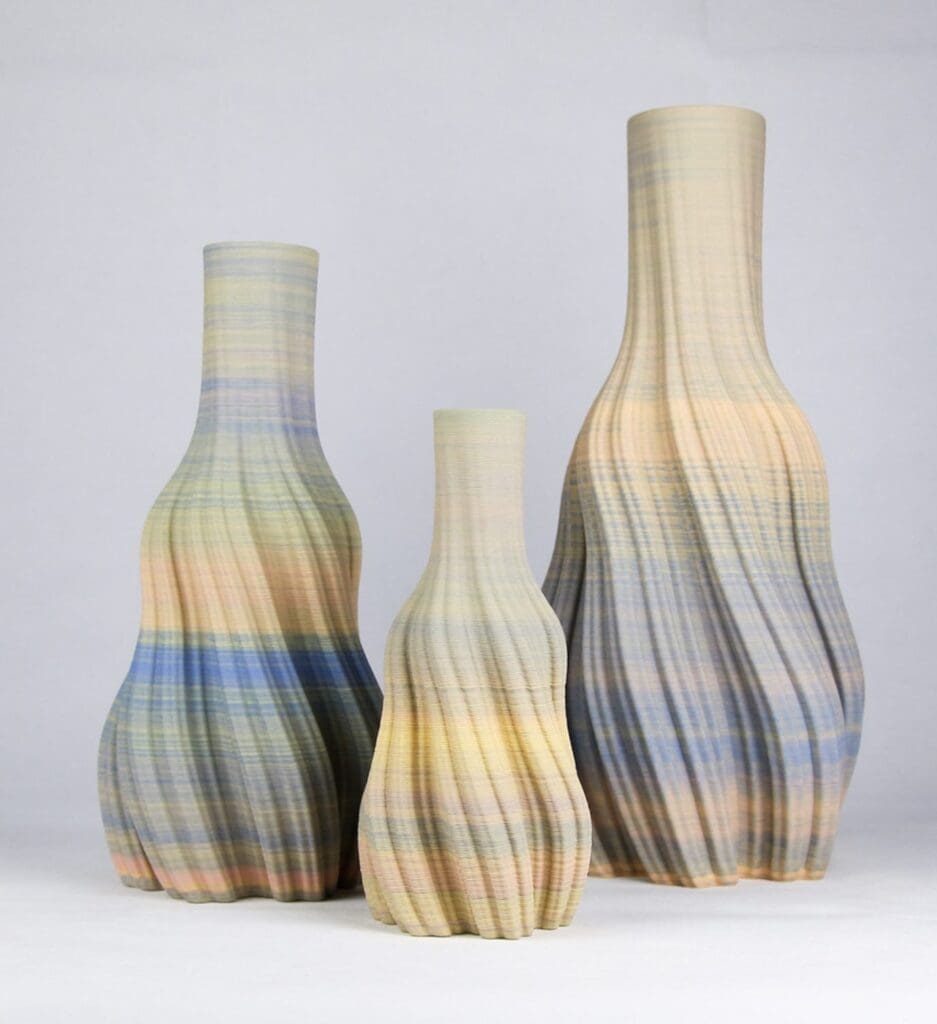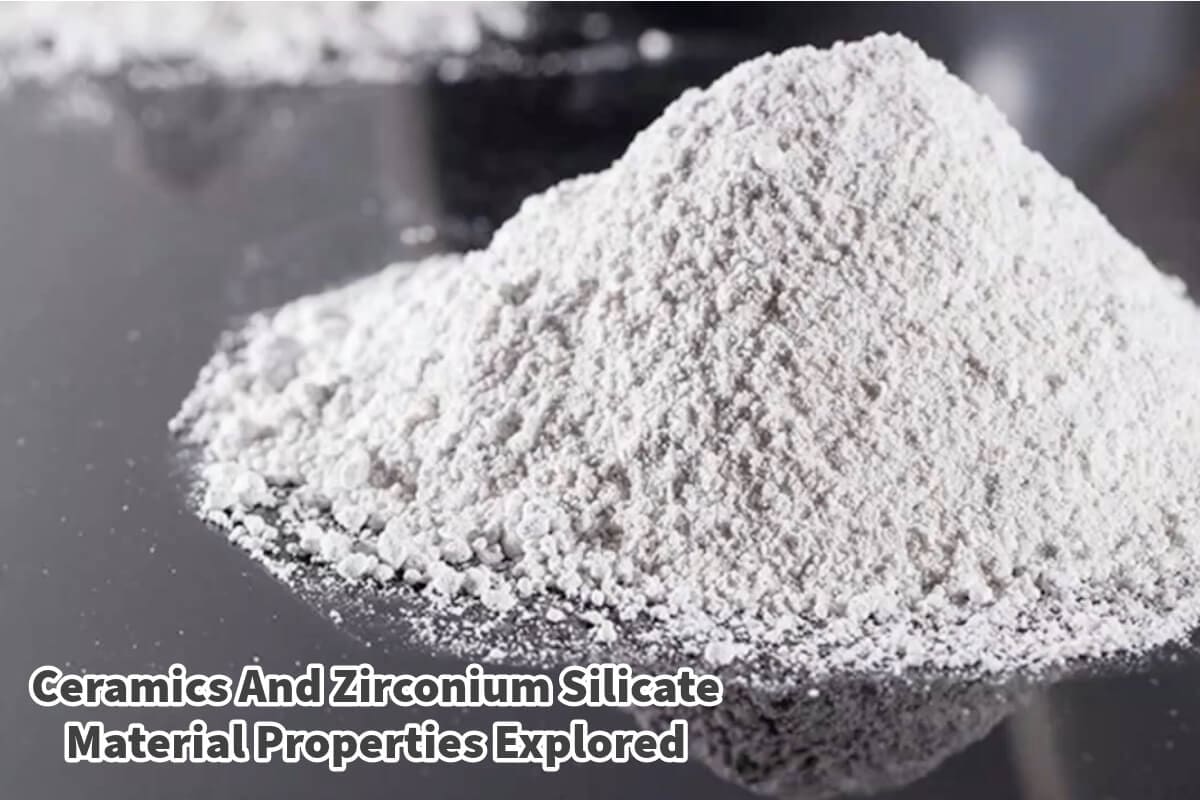In ceramic manufacturing, one material that consistently stands out for its importance is Zirconium Silicate. It is an essential material for ceramic production.
Continue reading as we delve into the unique characteristics of this material, why it is critical in ceramics, and explore other versatile applications where it is making a significant impact today.
Table of Contents
- Zirconium Silicate: The Versatile Ceramic Material With Abrasive Properties
- What Is Zirconium Silicate?
- Applications In Ceramics: Beyond Just Opacifiers
- Sustainability And Environmental Considerations
- Related Content
Zirconium Silicate: The Versatile Ceramic Material With Abrasive Properties
Regarding ceramics, the material choices can be as diverse as the applications they serve. One such material that has been steadily gaining recognition for its utility and versatility is Zirconium Silicate.
From its role as an opacifier in enamels and glazes to its potential use in 3D printing, Zirconium Silicate is a multi-faceted ceramic material worth exploring.
What Is Zirconium Silicate?
Zirconium Silicate is a compound made of zirconium, silicon, and oxygen. It is particularly noted for its abrasive properties and resistance to alkaline environments. This makes it ideal for various industrial applications, from ceramics and enamels to milling and grinding.

Granulometry Grades: Zircopax Plus, Zirconium Silicate-RZM, Zircon G Milled, And Zirconium Spinel
One of the critical advantages of Zirconium Silicate is that it’s available in two different granulometry grades. The first category includes Zircopax Plus and Zirconium Silicate-RZM, suitable alternatives to Zircopax. These are more finely milled, allowing better integration into ceramics and enamels.
On the other hand, Zircon G Milled and Zirconium Spinel have a coarser granulometry and are not as closely matched to the properties of Zircopax. These coarser grades are helpful for specific industrial applications where the finer grades may not be necessary or desired.
Zirconium Silicate Vs. Tin Oxide: A Comparative Look
Tin oxide has been a traditional choice for ceramic materials, particularly as an opacifier. However, Zirconium Silicate offers certain advantages over tin oxide that make it worth considering:
- Stability: Zirconium Silicate is more stable in reduction conditions, which means it tends to interact less with certain colorants. This property can be advantageous in specific manufacturing processes.
- Cost-Effectiveness: Zirconium Silicate is generally cheaper than tin oxide, making it a more economical choice for larger-scale operations or applications where cost is a significant factor.
- Reactivity: Tin oxide is more effective in reactivity with ceramics, which may be desirable in some applications. However, the reduced reactivity of Zirconium Silicate may be advantageous in others.
Applications In Ceramics: Beyond Just Opacifiers
There are many ways that Zirconium Silicate is used in ceramic production. Read on as we explain some of the ways.
Enamels And Glazes

In the ceramics industry, Zirconium Silicate is commonly used as an opacifier. This means it provides a clouding effect that makes a transparent substance opaque, thus improving the aesthetic qualities of ceramics.
Beads For Milling And Grinding

Due to its abrasive properties and resistance to wear, Zirconium Silicate beads are an excellent choice for milling and grinding applications. These beads can withstand high-pressure conditions and are less likely to break down than other materials.
3D Printing

One of the most exciting developments in using Zirconium Silicate is in the field of 3D printing. With technological advancements, it’s now possible to use this ceramic material to produce pure ceramic parts. The fine granulometry of Zirconium Silicate makes it particularly well-suited for this, enabling high levels of detail and structural integrity in the final product.
Sustainability And Environmental Considerations
While Zirconium Silicate has many industrial applications, it is also essential to consider its environmental impact. The production process can be energy-intensive, so sourcing from responsible manufacturers who are taking steps to minimize environmental impact can be a consideration if sustainability is a priority for your project.
Zirconium Silicate is a versatile ceramic material that finds applications in diverse fields. Its unique properties, such as stability in reduction conditions and lower reactivity with certain colorants, give it an edge over traditional materials like tin oxide.
Its availability in different granulometry grades offers flexibility for various industrial uses, including the exciting realm of 3D printing. Whether you’re looking to innovate in ceramics or find a cost-effective, durable material for milling and grinding, Zirconium Silicate may be the material you’ve been searching for.
The growing body of research and technological developments surrounding Zirconium Silicate suggests that its utility will continue to expand, making it a material worth watching in future years.
We would love to talk to you if you want to see how we can help you with any of your ceramic production.
Find out more about how Mondoro can help you create, develop, and manufacture excellent home decor and furniture products – don’t hesitate to contact me, Anita. Check out my email by clicking here or become a part of our community and join our newsletter by clicking here.
Mondoro gives out a FREE Lookbook to anyone interested. You can receive a copy of our latest Lookbook by clicking here.
Listen to our Podcast called Global Trade Gal. You can find it on all major podcast platforms. Try out to listen to one of our podcasts by clicking here.
Subscribe to our Mondoro Company Limited YouTube Channel filled with great videos and information by clicking here.
Related Content
Brass Vs. Bronze: Exploring The Unique Characteristics
Brass and bronze are two popular copper-based alloys used for centuries for various purposes. They are both metals that have been used for centuries.
Although their similarities in appearance and composition, brass and bronze have distinct differences in their properties and characteristics; understanding the unique attributes of brass and bronze is essential for making informed decisions when choosing the suitable alloy for a particular application.
You can discover more by reading Brass Vs. Bronze: Exploring The Unique Characteristics by clicking here.
The Pros And Cons Of Brass And Nickel Finishes
Brass and nickel finishes have been popular choices for home décor for centuries. They offer various colors, finishes, and textures that add elegance and luxury to any home. However, like any other material, they also come with their own set of pros and cons.
You can find out more by reading our blog, The Pros And Cons Of Brass And Nickel Finishes, by clicking here.
Quick Way To Tell If Something Is Solid Brass Or Brass Plated
One of the easiest ways to tell if an item is solid brass is by first the visual test to ensure it has a golden yellow color like brass. The next noninvasive test is the magnetic test, where the magnet is placed on the object. If the magnet does not stick, it is solid brass; it is probably brass-plated if it sticks. You can also scratch the top finish off with a sharp object; if it is shiny yellow underneath, it is probably solid brass; if it’s metal underneath, it is brass plated.
You can discover more by reading Quick Way To Tell If Something Is Solid Brass Or Brass Plated by clicking here.

